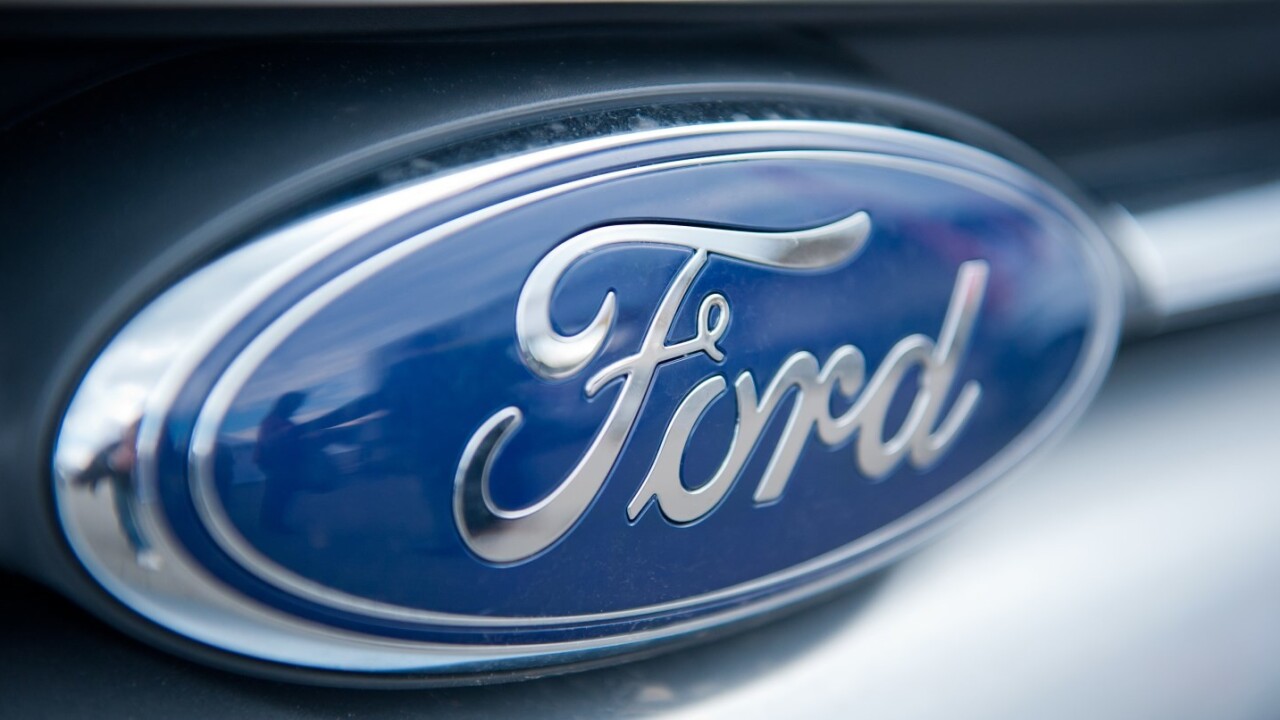
Ford is changing focus after a company shake-up saw the head of driverless cars become the CEO. The car manufacturer announced that (previous CEO) Mike Fields would be replaced by Bill Hackett. This comes on the heels of partnership talks between Ford and Google falling apart. Bill Hackett, former big furniture guy, will take over Ford with a nervous board of directors throwing support behind him.
Board members began to lose confidence in Fields and his ability to pull Ford in the right direction after losing a potential partnership with Google, and the Mexico factory debacle last year.
When the decision was made to promote the newly-hired Bill Hackett from the company’s Smart Mobility division, it sent a clear message.
The future of Ford is not in individual car sales.
Currently Ford’s Fleets are where the company makes it’s money and with the driverless car on the horizon they are poised to break into the ride-sharing market.
When Ford enters the ride-sharing market they’ll be bringing a fleet of cars that can bypass the 3rd party. Driverless vehicles will give Ford control from concept to consumer use.
This is where the company will find it’s market share. Ford doesn’t have to compete with other ride-sharing programs, unless those other companies also design and manufacture their own vehicles (which Uber is working on). With driverless cars there aren’t external employees or 3rd party companies operating the equipment. The Ford driverless car fleet will be an in-house program.
The future Ford Focus doesn’t want to live in your garage.
It wants to pick you up for work and then go back to its loving home where properly trained Ford techs will attend to its every need.
CEO Bill Hackett is going to have to steer Ford forward using the same ideas that the company was founded on. He’ll have to use cutting edge technology to mass produce something people are going to need. The driverless car presents new challenges and new opportunities. While experts try and work out the grid, visionaries are trying to determine the best possible uses.
The world of tomorrow gives those who can’t or don’t drive the opportunity to travel without using public transportation. Driverless cars can empower the handicapped, free up the time workers spend commuting, and make the streets safer.
Current ride-sharing services don’t reach everywhere – and driverless cars are going to be even less common until they become more mainstream. While Google and other tech companies are designing the tech that drives the driverless car – Ford is poised to take the first workable version and create swarming fleets of supercars, or at least thousands of tiny Ford Focus’ scurrying through every major throuroughfare like red blood cells through arteries.
Ford might be the first of the major car companies to start testing driverless car fleets on a large scale – but others will surely follow suit. Tesla and Ford have been playing a game of one-upsmanship with the electric car and Toyota recently began exploring new options for it’s driverless car division.
When Ford unveils its driverless car fleet it will be responsible for things that consumers normally have to worry about; fuel, maintenance, insurance and parking. Garages will be used for punk rock bands and storing boxes that say ‘old clothes’ on them. In the future we’ll be able to relax in a Ford Focus and watch movies on the way to work — we’ll probably watch Gone In 60 Seconds and tweet about the good ole’ days when people really knew how to drive.
Get the TNW newsletter
Get the most important tech news in your inbox each week.





